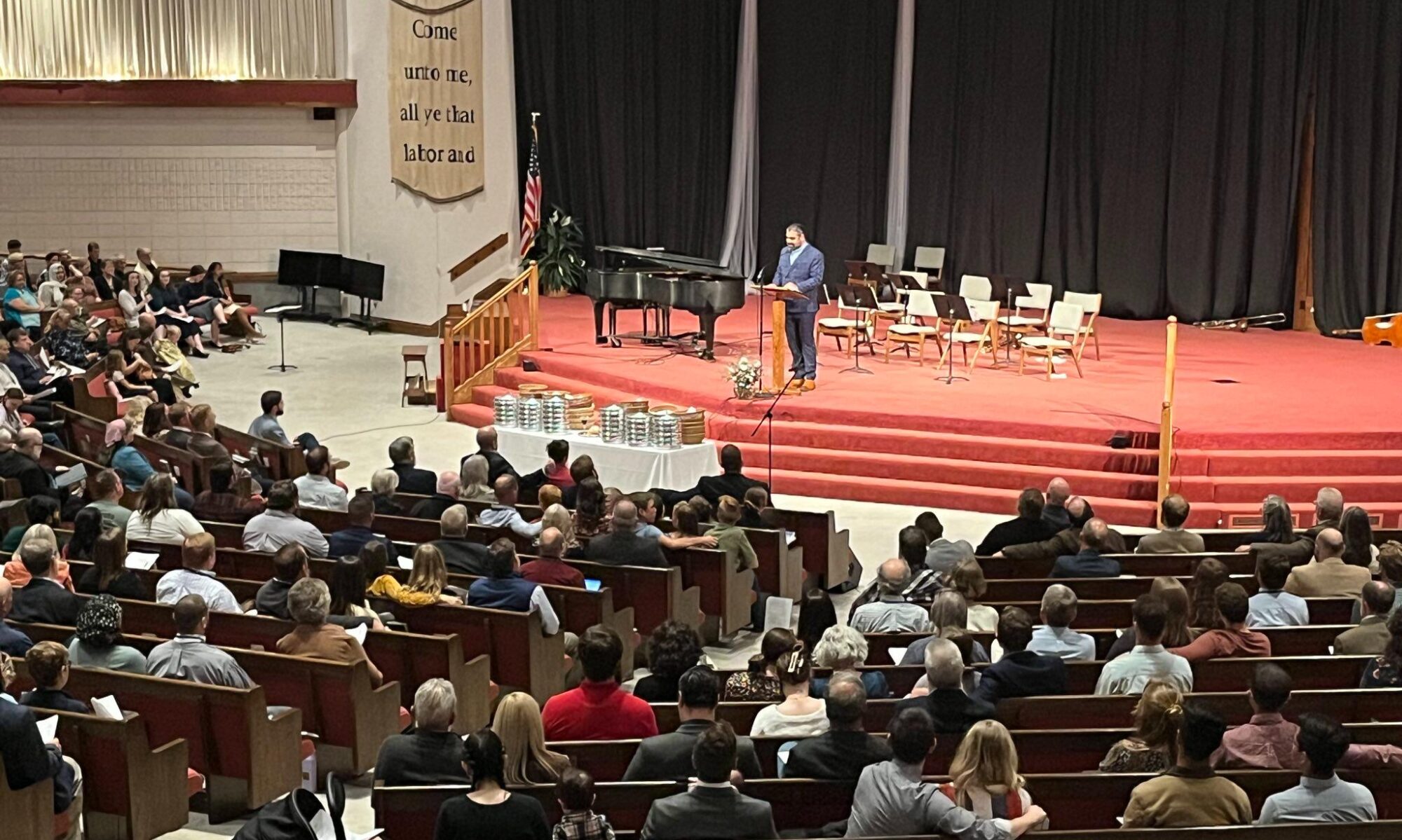The significance of the “Peter Saying” and what Jesus says to Him.
This Peter saying is significant in the post-apostolic years. It has been controversial — the supremacy of the Bishop of Rome vs. the bishops of other cities. In the very primitive word, the Peter saying was simply a saying that was fulfilled in the Acts of Apostles. Look at Acts, and you will see this saying fulfilled.
Tertullian 155-220AD: These words have nothing to do with anyone else but Peter. He is trying to stop the argument of apostolic succession. They refer to Peter, personally. They focus on Peter as an individual believer, at most as a representative of believers but not as an individual to be succeeded. Peter as the first of a series is already current in the church.
Origen: He believed in the spiritual meaning of the text, and said that it applies to the those who share the same role. As to the letter, it describes Peter’s role in the church in the spirit.
Cyprian 200-258AD: He argues that the words refer to Peter as a representative of the disciples not in distinction from them. He is not an isolated individual, but as one from the rest of the apostles. He says that these words imply a particular Petrine authority but sees that authority as being expressed in Peter not as an exclusive member but inclusive member. Thus, Peter’s authority guarantees the authority that belongs to all the apostles. Thus, the authority of the bishop of Rome must be shared with the other bishops.
Augustine late 4th and 5th : Later in life, he believed that the “rock ” is Jesus himself.
Luther: Jesus is saying that Peter is the rock-man because he recognized the true rock. Luther is both having his cake and eating it too.
Calvin: …whose exegetical skills are better than Luther’s, sees an implied contrast between this motley lot, and what the Lord is going to build (the church). Basically, he was saying that on a modest lot such as Peter, he would build his church. From this little confession, will come a great Church. It has in view the faith of all Christians shared in common with Peter and his Redemptive Historical preeminence…
Harmony of the Gospels 2, p186. On the one hand Peter’s confessed faith is in view here, but we cannot deny the Redemptive Historical context here as well.


